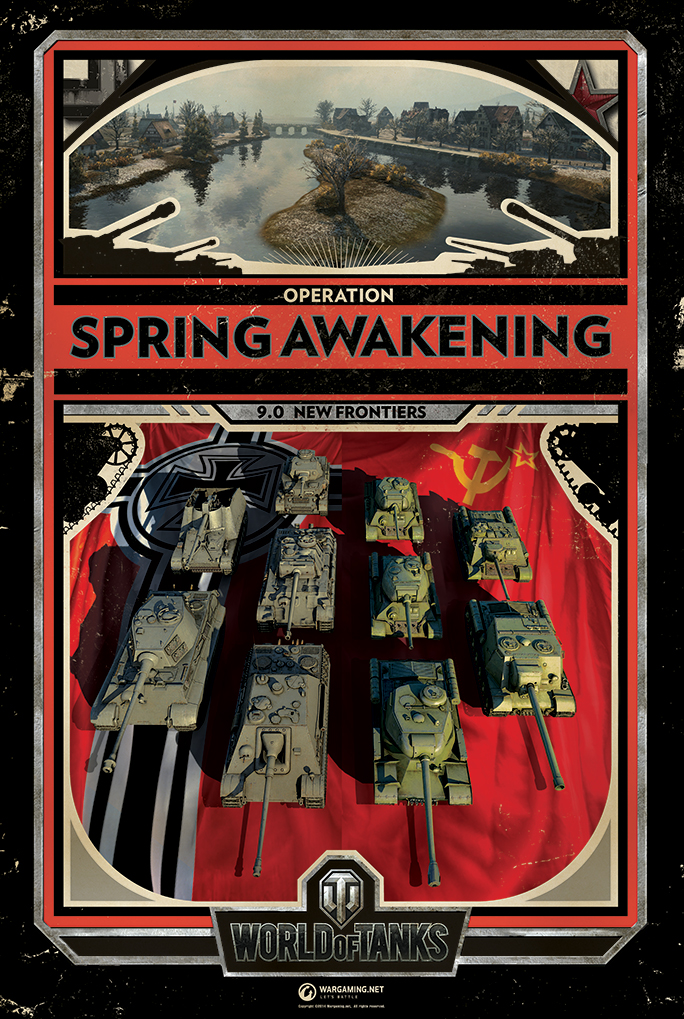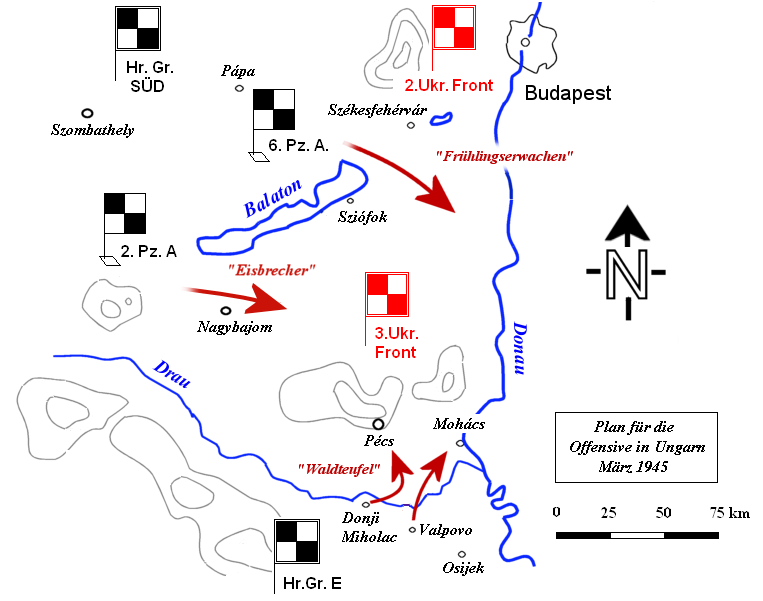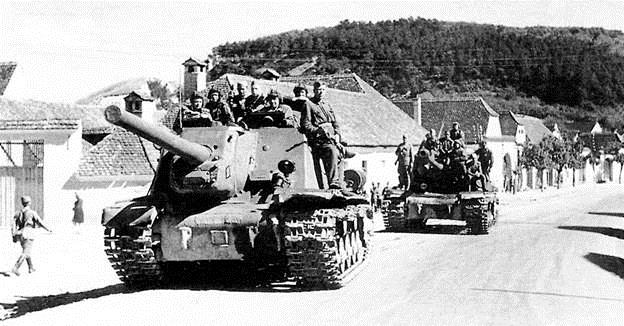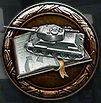Historical Battles: Operation Spring Awakening

Combatants | History | Battle Mode
Combatants
Operation Spring Awakening was a final effort by German and Hungarian Army units to delay the Red Army from capturing their last fuel reserves in Hungary.
History

The German OffensiveAttacks were planned from three sides near Lake Balaton. |
The German army commenced the assault (referred to as the Plattensee Offensive) on March 6, 1945, utilizing many veteran units which had been salvaged from the failed Ardennes Offensive in the West, in addition to allied Hungarian forces.
A successful assault would push to the Danube river and recapture Budapest, before linking up with their south wing.
The Situation
Once the assualt began, some of the last armored formations the Germans had, drove straight into the teeth of Soviet defenses.
The Soviet Army of the Third Ukrainian Front had learned well from the Battle of Kursk. They had prepared elaborate defensive positions and sited in large amounts of artillery batteries pre-sighted on and supporting “killing zones” up to thirty kilometers deep.
The Battle

The Soviet CounterattackThe Red Army prepares to meet the Germans. |
After ten days, even armed and equipped with Panthers, Tigers and Jagdtigers, the best the remnants of German industry had to offer, the combined German and Hungarian forces had only managed to penetrate thirty kilometers, and while their north wing did well, the south push met heavy resistance from both the Soviets and Yugoslavian Partisans under Marshal Tito.
The Turning Point
As the German advance ground to a halt, losing steam, the momentum of the battle shifted.
On March 16, the Soviet forces counterattacked.
Bringing forward fast and mobile T-34’s and T-34-85’s, and supported by Heavy SU-model self-propelled guns and tank destroyers, the Third Ukrianian Front crossed the frontier into Austria by the end of the month, threatening Vienna and capturing the city by the month’s end.
The Aftermath

Spring Awakeningp1Soviet ISU-122 and IS-2 on one of the roads of Transylvania (Romania) |
While the Plattensee Offensive had some initial success due to impressive German tanks and tactics, it was too ambitious. The fighting around Lake Balaton hastened the German defeat by exposing the already defensive German forces to counterattack and further depleting their numbers.
With the capture of Vienna and the destruction of some of the last and best-equipped armored units, the German Army had to retreat further and faster. This backtrack would set the stage for a final, apocalyptic battle in Berlin and soon World War II would draw to a close.
Historical Battles
 World War II brought armored vehicles to the center stage through a series of hard fought tank battles. In this never-before-seen battle mode, Historical Battles pits historic foes against each other in an all out brawl based on some of history's most intense tank encounters. For the first time, you will command historically-outfitted vehicles and compete nation-against-nation on battlefields representing historic locations. With New Frontiers come three new historically-based battles, based on: Operation Spring Awakening, the Battle of Kursk, and the Ardennes Breakthrough. Join in the melee as these locations explode in combat before you!
World War II brought armored vehicles to the center stage through a series of hard fought tank battles. In this never-before-seen battle mode, Historical Battles pits historic foes against each other in an all out brawl based on some of history's most intense tank encounters. For the first time, you will command historically-outfitted vehicles and compete nation-against-nation on battlefields representing historic locations. With New Frontiers come three new historically-based battles, based on: Operation Spring Awakening, the Battle of Kursk, and the Ardennes Breakthrough. Join in the melee as these locations explode in combat before you!
Sources
-
Photo 1: Soviet SPG ISU-122 and tank IS-2 on one of the roads of Transylvania (Romania). 3rd Ukrainian Front, in September 1944.. N.d. http://waralbum.tumblr.com/post/1396022702, Transylvania. War album. Web. 27 Mar. 2014.
 |
 |
 |
